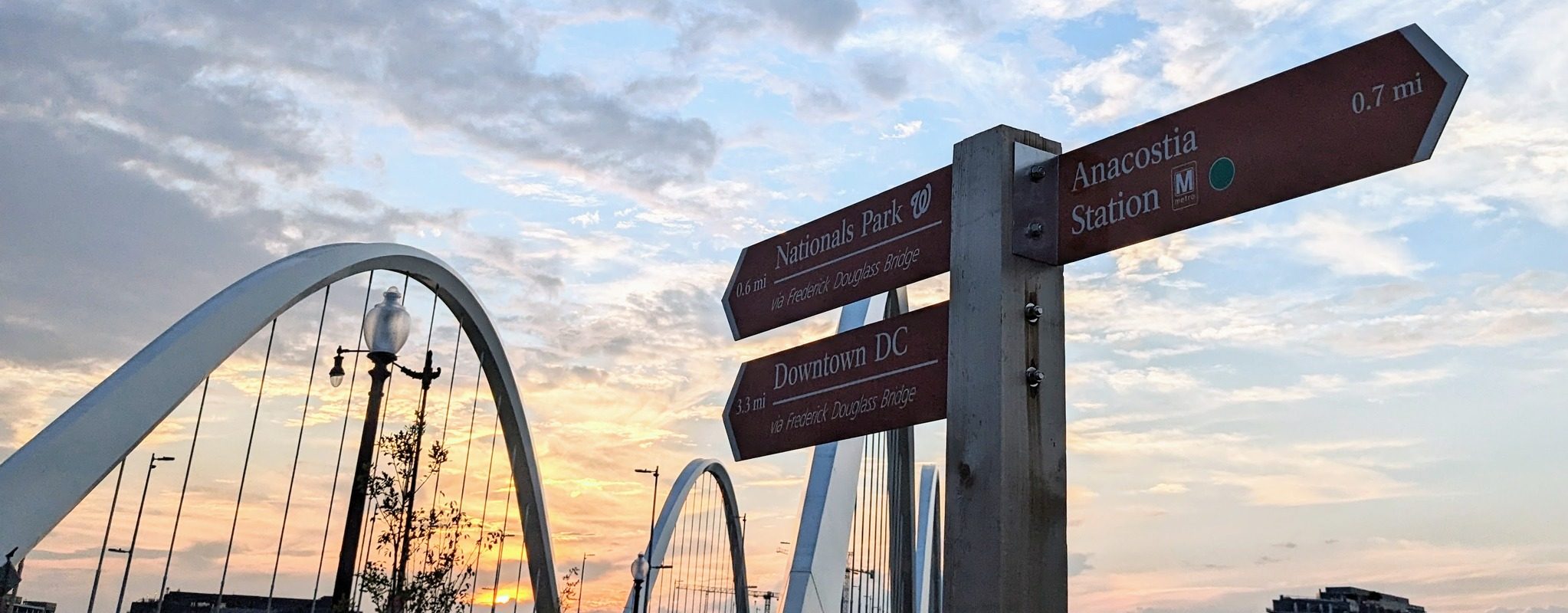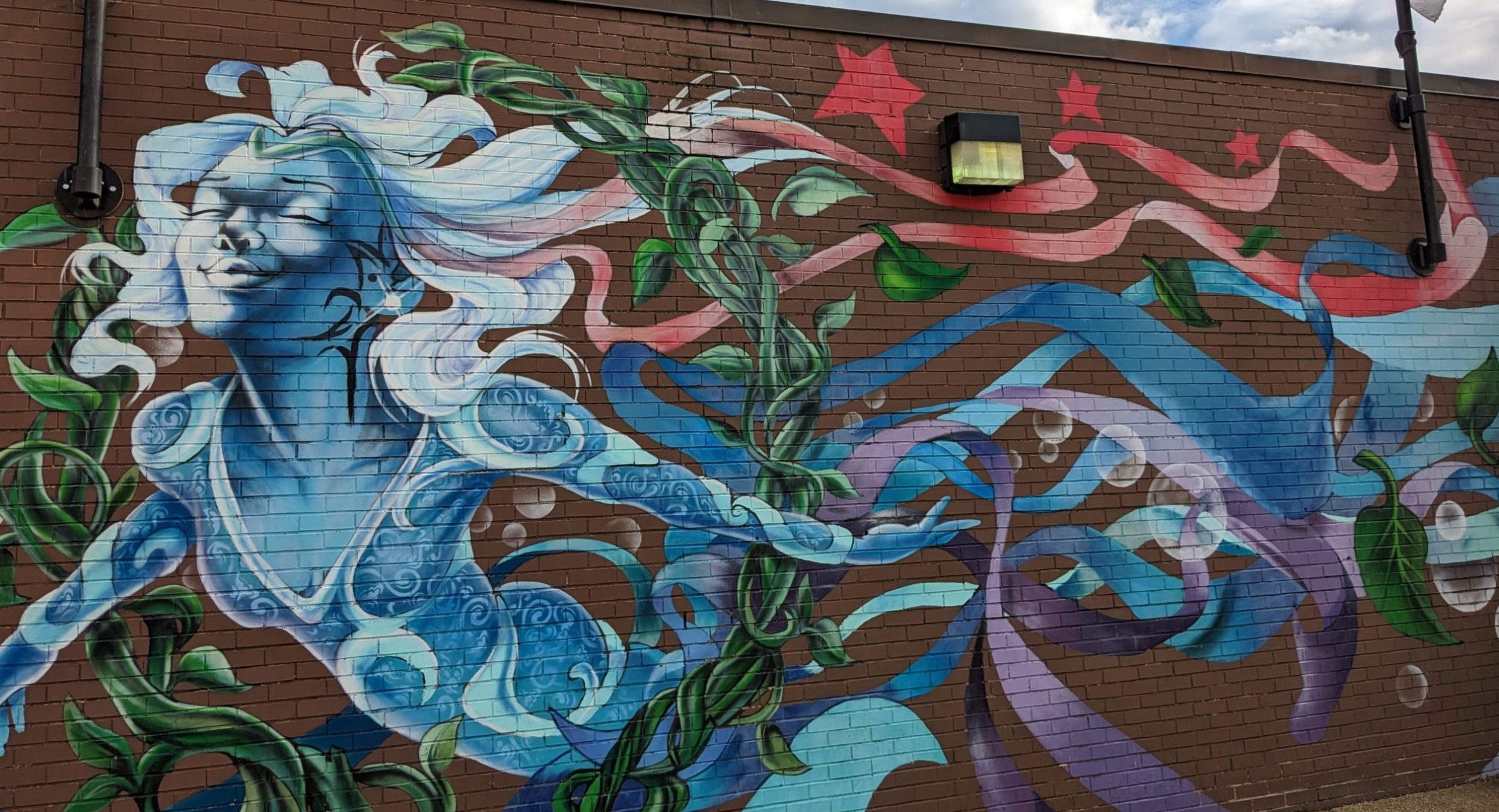*This essay first appeared on my dalymysteries.com site.
January 27 is the birthday of arguably the world’s most famous Latvian. Mikhail Baryshnikov was born in the nation’s capital, Riga, in 1948, but he’s only been officially Latvian since 2017.

Restrictions & Rights
© 1975 Max Waldman
That timing may confuse folks in the United States, where Baryshnikov has been a naturalized citizen since 1986
Many Americans likely would say the famous dancer is Russian. But if he was born in Latvia, well, then he would be Latvian, right?
No, he was born to Russian parents living in Latvia when the Soviet Union occupied it. During those years, Moscow sent Russians to live in Latvia to solidify its grasp on the nation. By the time the Soviet Union collapsed in 1991, ethnic Latvians made up only about 35 to 40 percent of the population of the capital city of Riga, the New York Times reported at the time.
Fearing internal domination, ethnic Latvians decided their Russian neighbors were not eligible for automatic citizenship in the new country. Latvia then established a path for them to become acquire it and many have. When the naturalization process began in 1995, about 29% of the Latvian population, or 730,000 people, were so-called “non-citizens,” according to the nation’s Ministry of Foreign Affairs. By 2015, the percentage of non-citizens dropped to 12% of the population, or 257,377 people.
But that still means a sizeable chunk of ethnic Russians living in Latvia may feel estranged from their own nation. Aleksandrs Gaponenko, a leader of the Latvian ‘Non-Citizens’ Congress, told the Financial Times in 2014 that he’s considered a second- class person. He told the newspaper about “discrimination, where some live at the top of society and others – Russians – live at the bottom.”
The Latvian Ministry of Foreign Affairs argues that non-citizens are not stateless, but instead have “the same social guarantees as Latvian citizens,” including claims for pensions and unemployment benefits. Latvia in 2013 moved to grant citizenship automatically to children of stateless persons and non-citizens living in the nation.

Still, non-citizens do miss the chance for full participation in their country’s affairs.
“As to political rights – the only significant difference between Latvian citizens and non-citizens is the right to vote and to work in the civil service or occupy posts directly related to national security,” the Ministry of Foreign Affair says.
Scary Neighbor
Like neighboring Lithuania and Estonia, Latvia has a long and complicated history with Russia. The three Baltic nations emerged as independent countries in the early 20th century as the Tsarist empire came to an end. But they fell under control of the Soviet Union on the eve of World War II. Then came occupation by Nazi Germany, followed by a return of Soviet control at the end of the war.

The Baltic nations now look to the West. All three are members of the European Union. All three regained independence as the Soviet Union was dying. They joined NATO, an organization founded to keep the Soviet Union in check.
Even with this tight embrace with the United States through NATO, the leaders in the Baltics understandably pay close attention to Russia. The Latvian Foreign Ministry, for example, last year used strong and clear language to mark the anniversary of Russia’s most blatant recent power play. “Four years will have passed on 18 March 2014 since the violations of Ukraine’s sovereignty and territorial integrity committed by the Russian Federation, which illegally annexed the Crimean Peninsula and launched military aggression in the east of Ukraine,” the Latvian ministry wrote.
There’s unease about having a large group of ethnic Russians in Latvia who get their news from broadcasts with links to the Kremlin. That may explain why Latvia asks would-be citizens to pass a language test in the national language. Latvia also has put forward a plan to have all 16 to 18-year-olds taught only in Latvian by September 2021. This rule would bolster a minority language that’s faces competition with English and Russian, which many residents of Riga speak.
The Russian ministry of foreign affairs criticized the Latvian education plan as “part of the discriminatory policy of the forceful assimilation of Russian-speaking people that has been conducted for the past 25 years”. “The legitimate interests and internationally recognised rights of more than one third of Latvia’s population have been trampled underfoot once again under the banners of ‘integration’ and ‘the strengthening of the state language’,” the Russian ministry said.
Considering these exchanges, it’s not difficult to understand why May 9 can be a little awkward in Latvia. That’s the day when ethnic Russians celebrate the defeat of Nazi Germany. The Soviet Union suffered more casualties than any other nation in World War II, with an estimated 11 million military deaths and another 16 million civilian lives lost.
“While many ethnic Russians, who make up around a quarter of the population, see it as a day of commemoration and celebration, most ethnic Latvians see it as the start of a second, harsh 50-year Soviet occupation,” Latvian Public Broadcasting said about the May 9 celebration of the end of World War II.
Baryshnikov and Other Beauties
The son of a Soviet army officer, Baryshnikov addressed this tension in the letter he wrote to support his request for Latvian citizenship, according to the Associated Press.
“My father, in fact, was stationed in Latvia to occupy the nation,” Baryshnikov wrote.

Restrictions & Rights
© 1975 Max Waldman
Baryshnikov left Riga around age 16 to train in ballet in Leningrad, now called called Saint Petersburg. Still, he credits the home of his youth for providing a foundation for his artistic success, according to Latvian Public Broadcasting.
“It was there that my exposure to the arts led me to discover my future destiny as a performer,” Baryshnikov said.

Riga today is an architectural showcase. It’s one of those cities that grew wealthy through its harbor, with trade allowing for construction over centuries of magnificent buildings. Riga was “a bourgeois boomtown during the height of the Art Nouveau era,”wrote Carol J. Williams in the Los Angeles Times in 1997.
“Latvian, Russian, Jewish and German shippers who came into wealth as the Industrial Revolution rolled eastward poured their riches into real estate. They styled their homes with the era’s eclectic blend of flair and function,” Williams wrote.
Williams’ article looked at the efforts to restore the grand buildings of Riga after decades of Soviet neglect. They certainly succeeded, as shown below.

Riga has roots in the famous Hanseatic League that sent German merchants as colonists through the Baltics. One of its most famous old buildings, the House of the Blackheads, dated to the 14th century. My husband and I stayed at the Ekes Convent Hotel, dated to the 15th century, during a brief visit to Riga in August 2017. The hotel had speedy wifi and a staff of young folks who spoke English very well. The clerk who checked us in even used a very neutral American accent.
Riga’s harbor now is drawing to Latvia one of the biggest commodities of the 21rst century — travelers. Latvia saw an 8.3% gain last year in the number of nights spent in tourist accommodation, far surpassing the 2.2% increase. Riga’s port officials have said they hope to attract almost 160,000 cruise passengers by 2030, up from about 75,000 visitors who arrived in the city that way last year.
We encountered fierce competition for outdoor seating on a warm August evening in 2017. Hundreds, perhaps thousands, of fellow tourists also were seeking a little sustenance after wandering Old Town’s cobblestone streets of this port city. I considered us lucky to snag a table at a smart wine-and-tapas place… until the waiter approached with our order of about $30 worth of snacks.
We’d arrived in Latvia after spending a spell in the Lithuanian capital, Vilnius, where we had many great meals in local spots. In this part of Old Town Riga, we were back in the tourist orbit, where you get the same food you have in any modern city. The tapas plates were artfully prepared and pleasing to the eye, especially in the shrimp cooked in garlic. These tapas also were on the small side, in comparison to those we’d had in Spain. “Where is our food?” David asked on seeing them.

Our meals in Riga improved as we wandered beyond Old Town and into the city. We stuck mostly to pork dishes that dominate the Baltic tables. We visited Riga’s lively markets and elegant parks.

We had a particularly good dinner while listening to an excellent klezmer band at an outdoor restaurant done up as a garden, seen below. David loved the indie bands playing in a square around the corner from our hotel in Old Town Riga.
We also happened across a band called Riga Reggae one night. The singer wore a t-shirt that said “Stop the War.” I wondered if that might be a reference to what’s happening in Ukraine. Turns out that the singer, Horens Stalbe, has been trying to get a Baltic reggae song titled “Stop the War” into Eurovision for some time. I’d have to agree with the top review here, which called it a “bouncy” song that has little chance of serving as Latvia’s entry in the big music contest. Still, you have to say that Riga does a great job in keeping its visitors entertained.

.


























